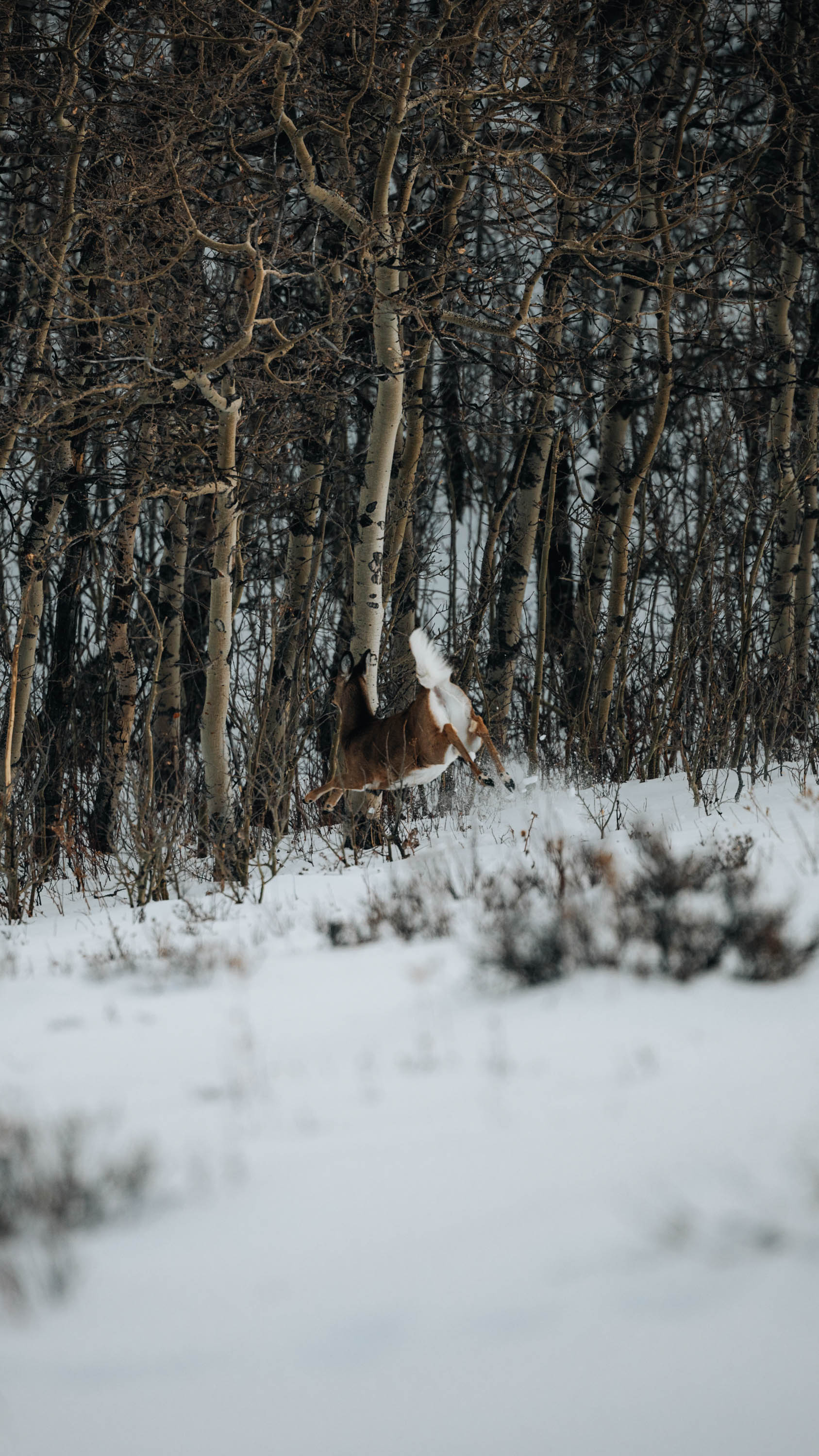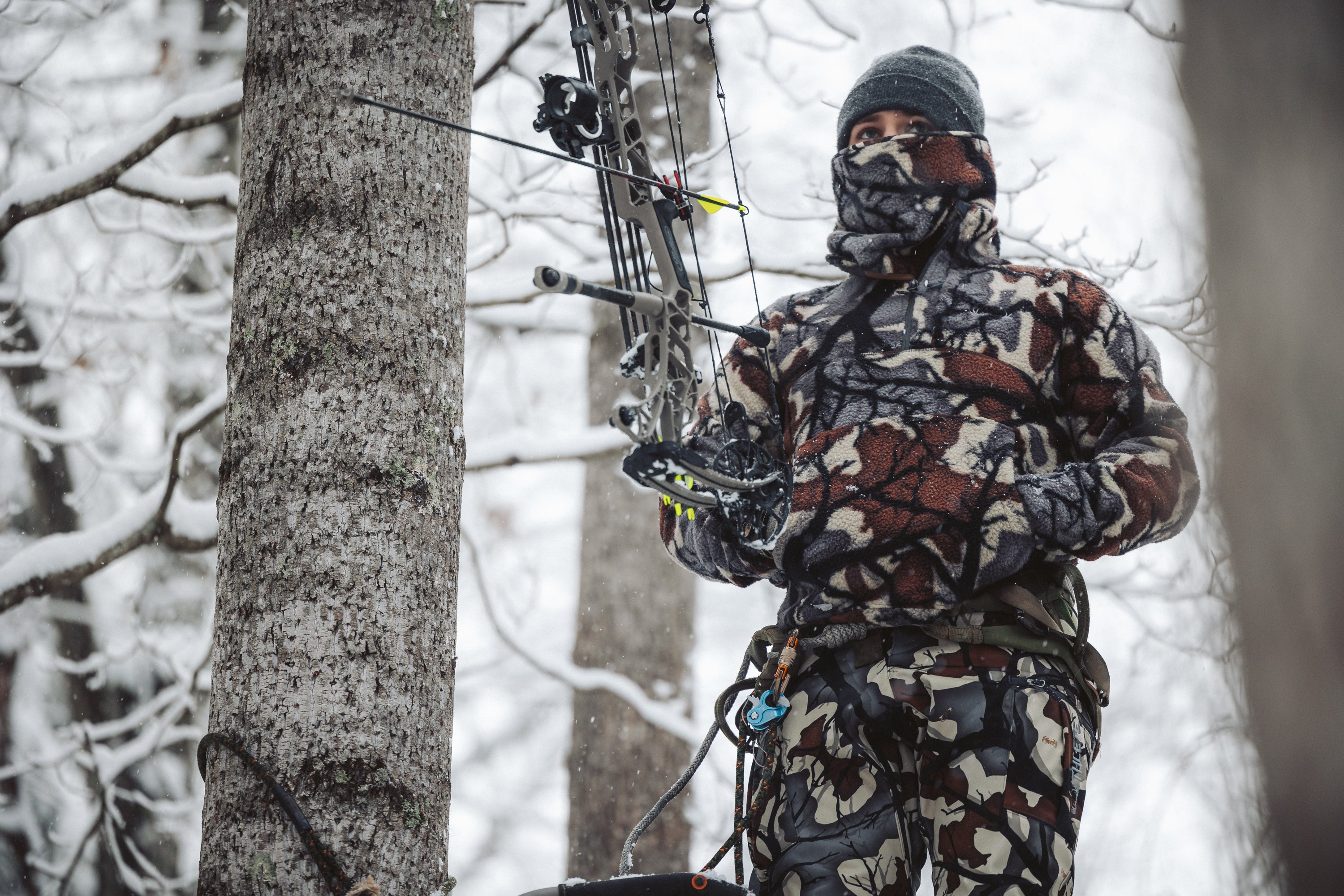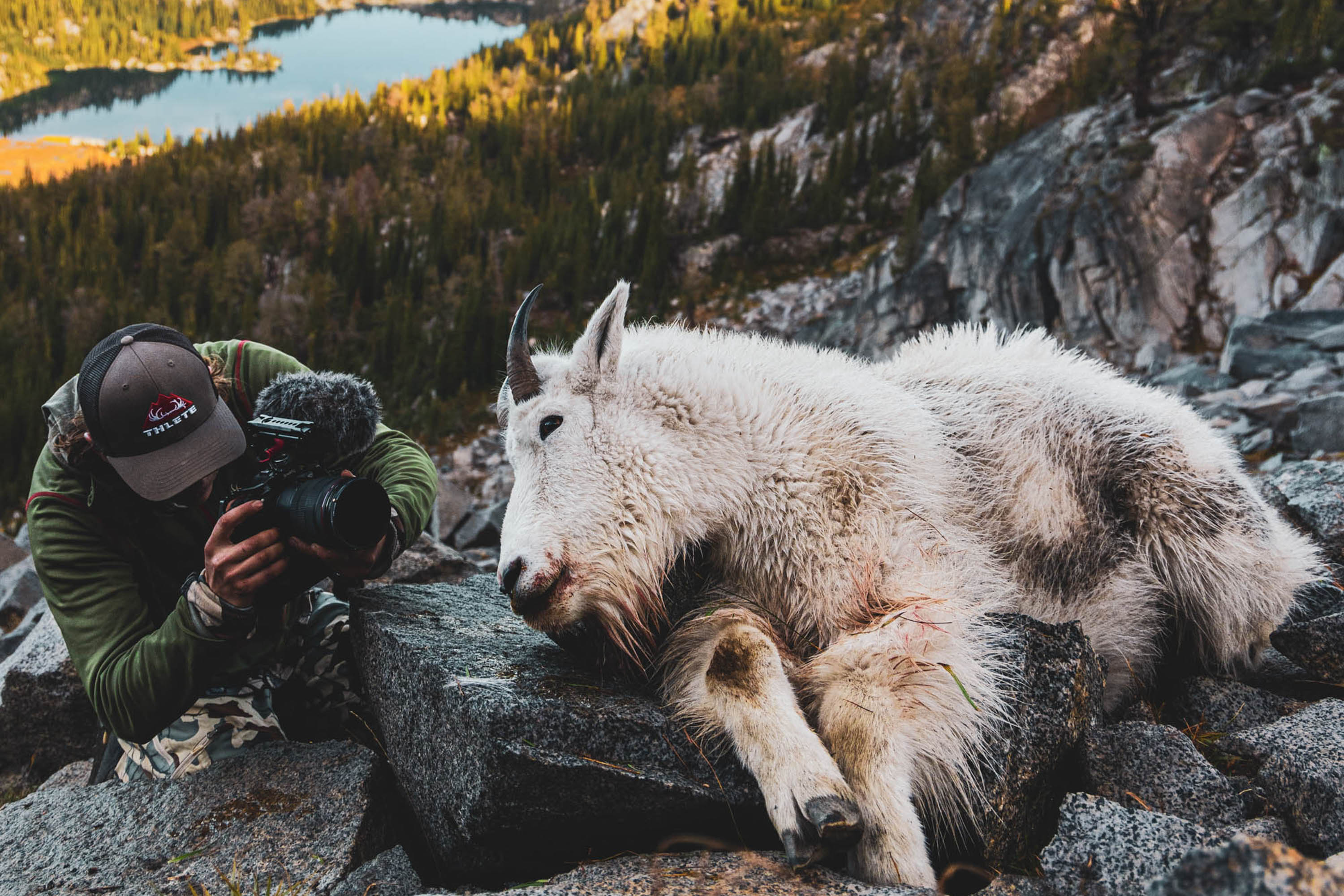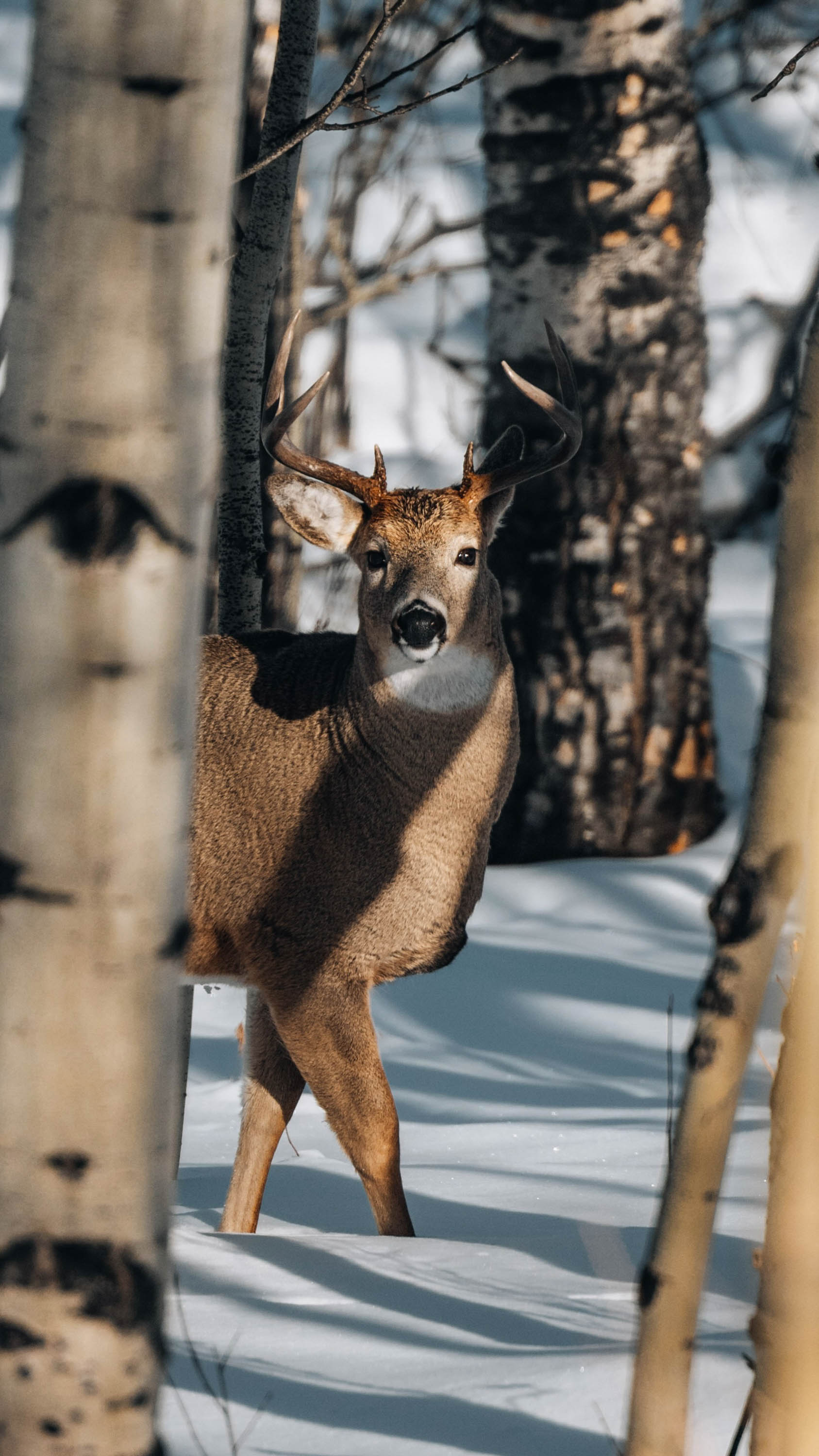
Do you think you wounded an animal?
Signs When You've Wounded a Deer While Hunting
Hunting is a challenging endeavor, and despite our best efforts, it is possible to wound a deer instead of making a clean, ethical kill. It is important for hunters to recognize the signs indicating that a deer has been wounded, as this knowledge can help in tracking and recovering the animal. In this blog post, we will discuss the common signs to look for when you've wounded a deer while hunting.
-
Shot Placement and Reaction: The first clue to determine if you've wounded a deer is the shot placement and the immediate reaction of the animal. If your shot hits the deer in a non-vital area, such as the hindquarters or the legs, the deer may exhibit a distinct reaction, such as a hunching or a flinch, indicating that it has been hit. Pay close attention to the deer's body language, as a strong reaction suggests a possible non-fatal wound.
-
Blood Trails: One of the most reliable signs of a wounded deer is the presence of blood trails. After the shot, carefully approach the area where the deer was standing and look for blood on the ground, vegetation, or nearby objects. Bright red blood usually indicates an arterial hit, while dark red blood suggests a hit in the liver or other vital organs. A consistent blood trail is an indication that the deer is wounded and requires tracking.
-
Hair and Foliage: During the initial moments after being wounded, a deer may brush against vegetation or trees while fleeing. Look for hair caught on branches, bushes, or on the ground, as this can be a strong indication that the deer has been injured. Additionally, torn leaves or broken branches may indicate the path taken by the wounded deer, helping you to track its movements.
-
Tracks and Footprints: Examine the ground for tracks and footprints left by the wounded deer. If the animal is injured, its gait may be irregular, resulting in uneven or dragging tracks. Pay attention to the depth and direction of the tracks, as this can provide valuable insights into the deer's movement and potential injury.
-
Vocalizations and Behavior: A wounded deer may exhibit different behavior compared to a healthy one. It might vocalize, emitting distressed sounds such as moans or bleats. Additionally, a wounded deer may exhibit abnormal behavior, such as erratic movements, frequent stops, or changing directions abruptly. Observing these unusual behaviors can aid in tracking the wounded animal.
-
Decreased Blood Trails and Significance of Shot Placement: As time passes, a wounded deer's blood trail may decrease in intensity or stop altogether. Understanding the significance of shot placement becomes crucial in such cases. If the shot was in a non-vital area, the deer's ability to clot the wound and limit bleeding may reduce the presence of a visible blood trail. In such situations, knowledge of shot placement becomes paramount in determining the severity of the wound and deciding the appropriate tracking strategy.
Conclusion: Recognizing the signs of a wounded deer while hunting is essential for ethical and responsible hunting practices. By closely observing shot placement, assessing the deer's reaction, tracking blood trails, looking for hair and foliage evidence, examining tracks and footprints, and observing abnormal behaviors, hunters can increase their chances of successfully tracking and recovering a wounded deer. Remember, patience, persistence, and respect for the animal are key when dealing with wounded game. Always prioritize ethical hunting practices and strive for clean, humane kills to minimize the likelihood of wounding a deer.
Knowing When to Stop Tracking and Let the Animal Lay Up:
In the pursuit of wounded game, it is crucial to exercise judgment and make informed decisions to ensure both a successful recovery and ethical hunting practices. While tracking wounded deer, there are instances when it becomes necessary to halt the pursuit and allow the animal to lay up and expire. Here are some key factors to consider:
-
Distance Covered and Blood Sign: If you have been diligently tracking a wounded deer and find that the blood trail has significantly diminished or disappeared altogether, it may indicate that the animal has clotted the wound or the bleeding has become minimal. This is particularly true for non-fatal shots or hits to non-vital areas. In such cases, it is advisable to pause and assess the situation carefully.
-
Time Passed Since the Shot: The duration that has elapsed since the shot was fired plays a critical role in determining the likelihood of successful recovery. Factors such as the type of shot (e.g., lung or heart), the deer's physical condition, and environmental conditions (e.g., temperature, humidity) affect the animal's ability to survive. If an extended period has passed, there is a higher chance that the deer has expired. In these instances, it might be prudent to halt tracking and initiate the recovery process.
-
Weather and Environmental Considerations: Adverse weather conditions, such as heavy rain, snow, or extreme temperatures, can significantly hamper tracking efforts and compromise the quality of the meat. In such cases, it may be advisable to discontinue tracking and wait for more favorable conditions. This approach ensures the preservation of both the animal and the quality of the harvest.
-
Sensory Disturbance and Stress: Continuously pressuring a wounded deer can cause extreme stress and fatigue, potentially leading to further injury or a prolonged chase. Additionally, excessive disturbance of the animal's senses (e.g., sight, hearing, scent) can trigger a heightened survival response, making it increasingly challenging to track and recover the deer. Recognizing signs of extreme stress or excessive disturbance should prompt a reevaluation of the tracking strategy.
-
Professional Assistance and Ethics: There are instances where despite best efforts, the tracking process becomes exceedingly difficult or inconclusive. In such cases, seeking the assistance of experienced trackers, game recovery dogs, or local wildlife authorities can greatly increase the chances of a successful recovery. Furthermore, hunters must uphold ethical hunting practices and prioritize the welfare of the animal. Making the decision to let the deer lay up ensures a humane and respectful approach to the hunt.
Conclusion: While tracking a wounded deer, knowing when to stop and allow the animal to lay up is a critical aspect of ethical hunting. Assessing factors such as the distance covered, the presence of blood sign, the time elapsed since the shot, prevailing weather conditions, the deer's stress level, and seeking professional assistance when necessary are all essential considerations. By making informed decisions and prioritizing the welfare of the animal, hunters can uphold the principles of responsible hunting and maximize the chances of a successful and respectful recovery.




